Five Steps to Perfect House Painting

by
Wet & Forget
(IC: professional)
Easy
A fresh coat of paint can make all the difference in the look of your home. A new paint job not only adds curb appeal to your house. Tackling the job yourself can save you a lot of cash. Home improvement guru Danny Lipford from Today's Homeowner has 5 tips you won't want to miss! Read on to get the 5 steps to perfect house painting.
Safety First:If your house was built before 1979 and painting will require scraping or sanding, test the paint first for lead. Test kits are available at home centers, or you can send a sample to a lab for testing. If the old paint contains lead, consider having the job done by an EPA lead-safe certified contractor.
Step Cleaning
Step Painting Prep
Step Priming
Step Painting
Step Clean-Up
Enjoyed the project?
Published October 21st, 2014 11:14 AM




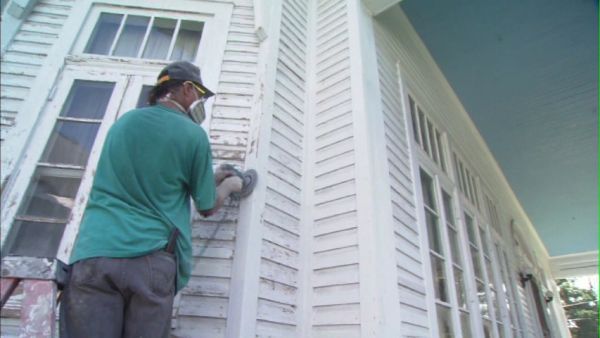



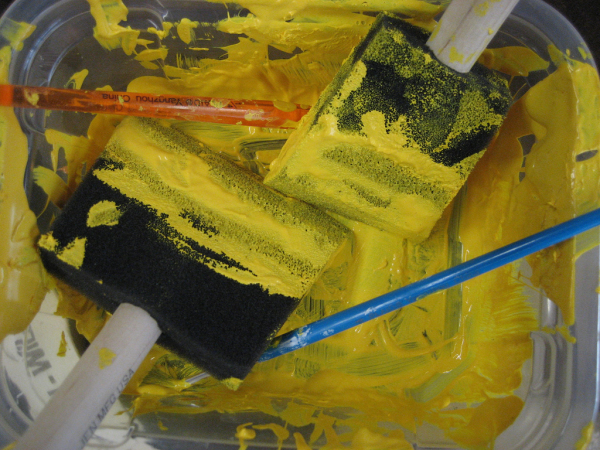
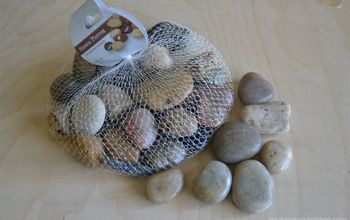




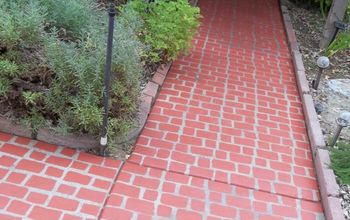
![Faking It [brick Paver Edition]](https://cdn-fastly.hometalk.com/media/2017/04/05/3806609/faking-it-brick-paver-edition-animals-appliance-repair-appliances.jpg?size=350x220)

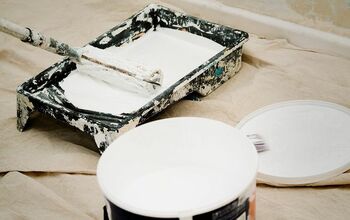
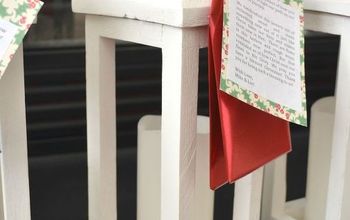

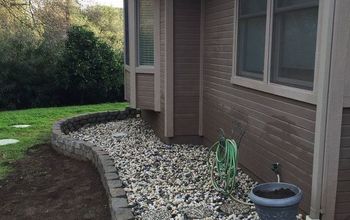

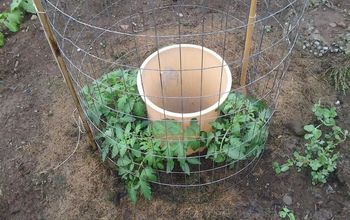









Frequently asked questions
Have a question about this project?